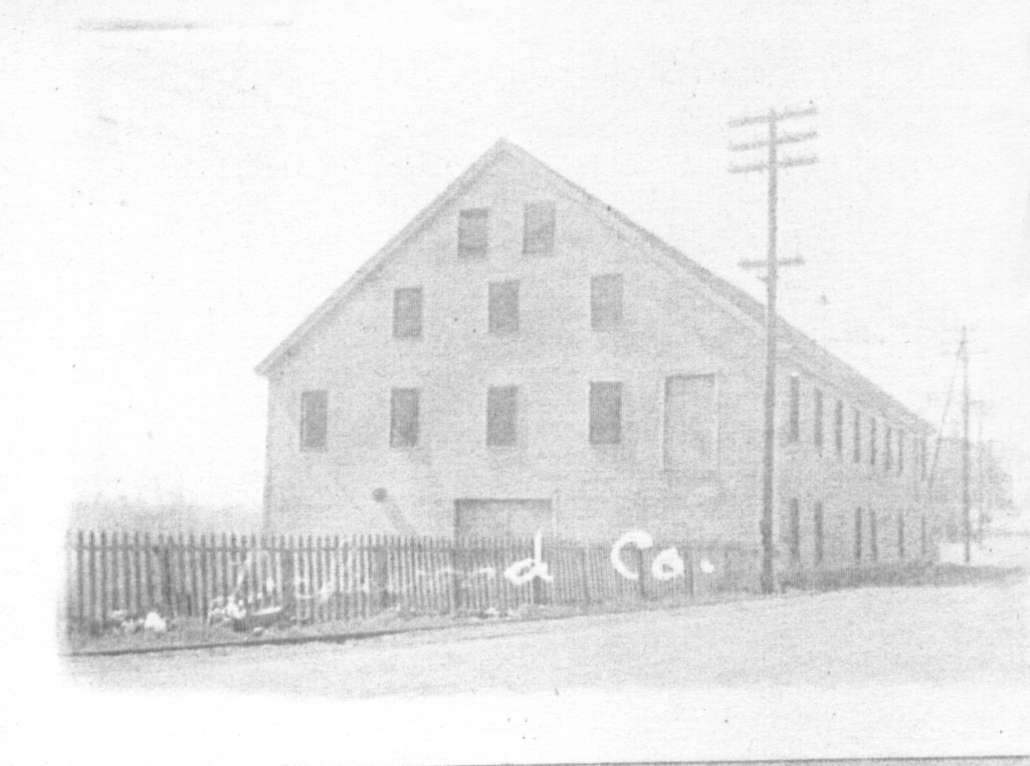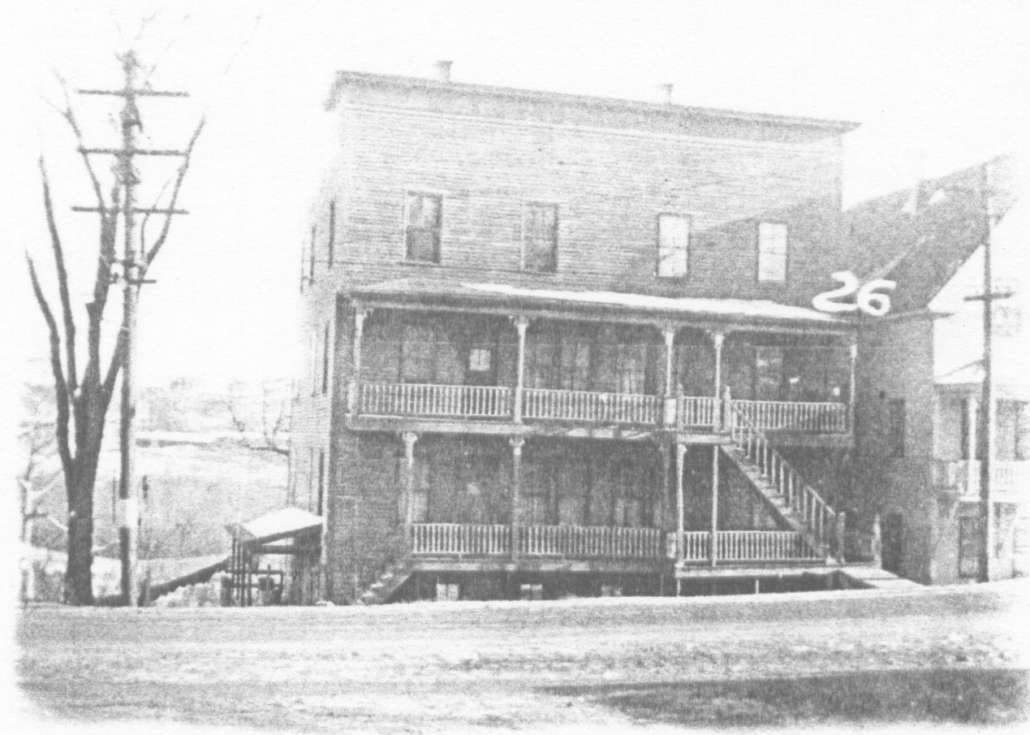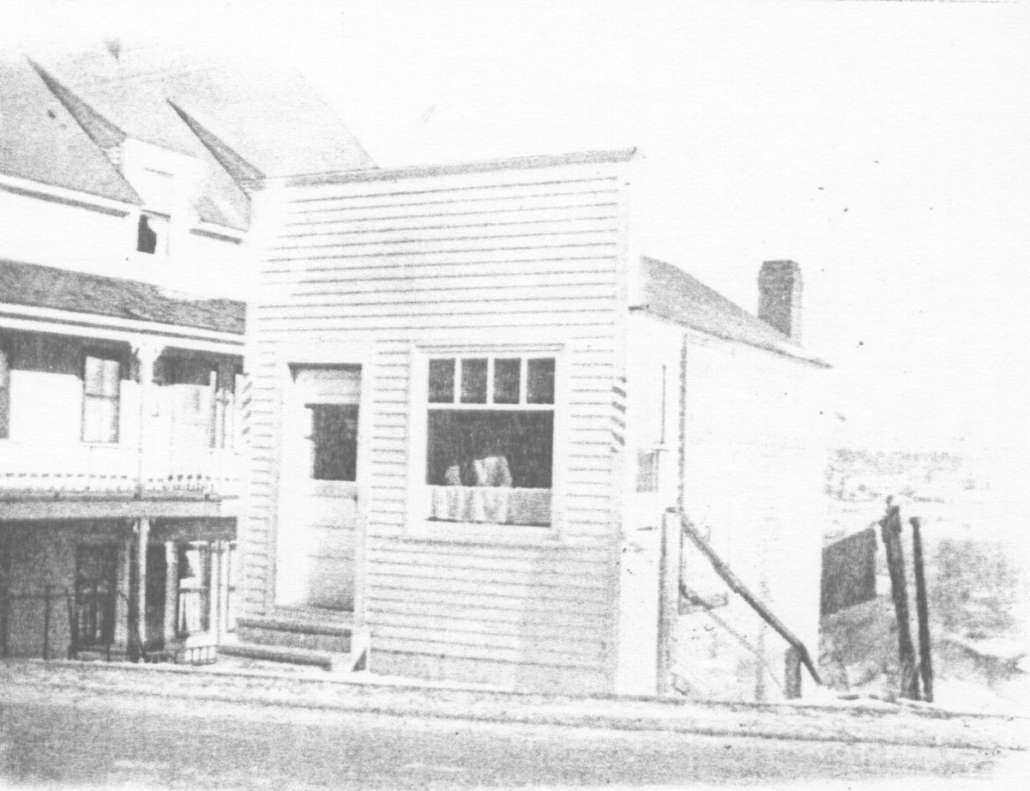I’M JUST CURIOUS: Winter car hacks

 by Debbie Walker
by Debbie Walker
You know I hate to do this to you, but I think it best I pass this information to you before you need it. Yes, winter is fast approaching for you. In Florida, about the only thing coming are more days the temperature is just about perfect. Our worst day here would be like one of your nice fall days.
Over the past year I have been picking up ideas to make your traveling mornings a bit easier to cope with. I wish I had known all these the past Maine winters I was part of. I pulled most of this information from my computer when I typed in winter car hacks, just in case you want to look.
Winter car hacks:
Raise your wipers at night and cover them with socks. Prevents them from freezing to windshield.
Frozen lock (house or car). Use a straw, blow on the lock to melt ice. Or use hand sanitizer. Or use a lighter to heat the key and slide into lock.
A new one to me is using shaving cream to fog proof windows (even bathroom mirror). Spray a layer on the inside of window, wipe clean. Don’t leave open containers of liquid in your vehicle overnight. They will evaporate and turn into fog or frost.
You could also use a stocking filled with cat litter to prevent frost. Just leave in car all night.
Use cooking spray on rubber edges of your car doors, keeps them from freezing. This also will work on your shovel to prevent build up.
I don’t want to insult anyone but please do not use HOT water to melt the ice on your windshield. Think ‘shattered’.
Of course, you know the value of an ice scraper, you can also use a credit card to scrape a windshield. Here’s a new one: use a plastic spatula.
Put gallon-sized freezer bag over your outside mirrors, use rubber band to secure.
Clean your headlights with toothpaste for extra brightness. (I have seen car wax make a difference, too.)
Keep a 20-pound. bag of kitty litter in trunk. This can be used for added weight to the rear of vehicle and use it to help you get unstuck. You could use car mats or even cardboard as well.
The last year I was there I used alcohol in a spray bottle. I would spray the windshield and then I would move around doing the other windows. By the time I got back to the windshield I was ready to go! I also saw in an article that three parts vinegar and one-part water works for a de-icer.
I have room here for a myth I thought you might be interested in:
Myth About Cold Weather
Is a cup of coffee or a sip of brandy a good way to warm up?
NO. Caffeine and alcohol hinder the body’s ability to produce heat. They can also cause your core temperature to drop.
Drink warm, sugared water to give your body fuel to make its own energy.
I am just curious what winter tips you might like to share. I’ll be waiting for any questions or comments at DebbieWalker@townline.org. Thanks for reading and have a great week.








 COMMUNITY COMMENTARY
COMMUNITY COMMENTARY











